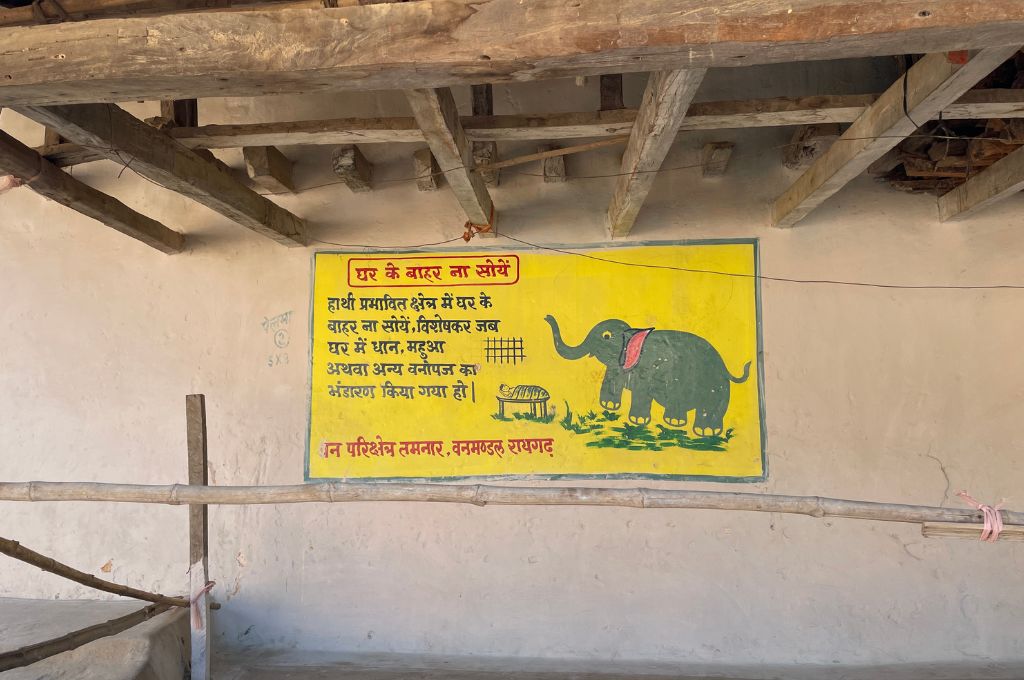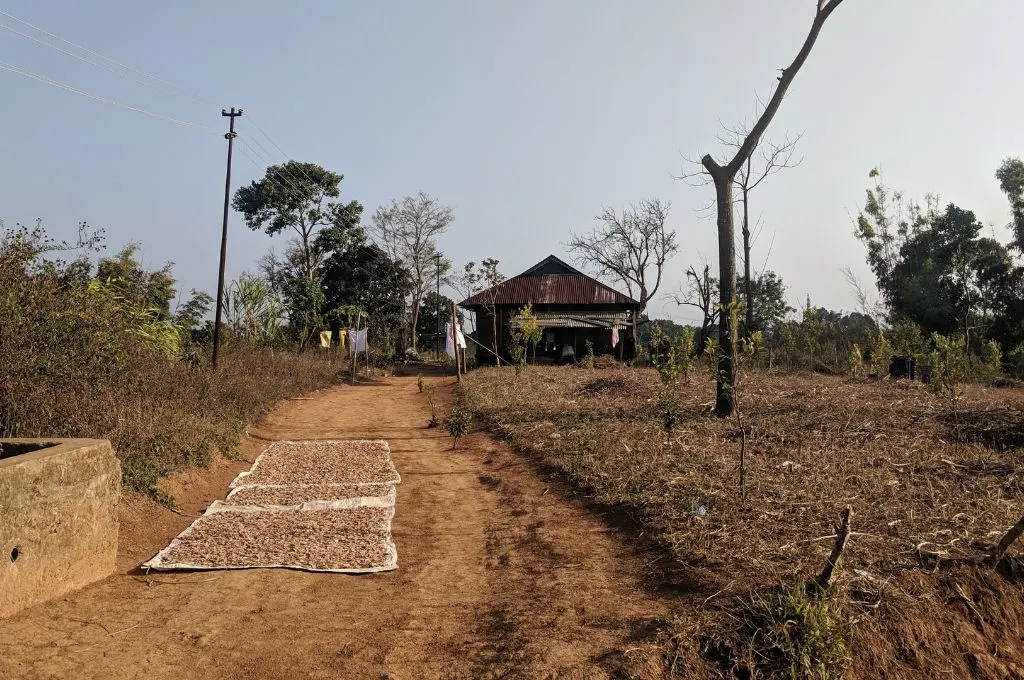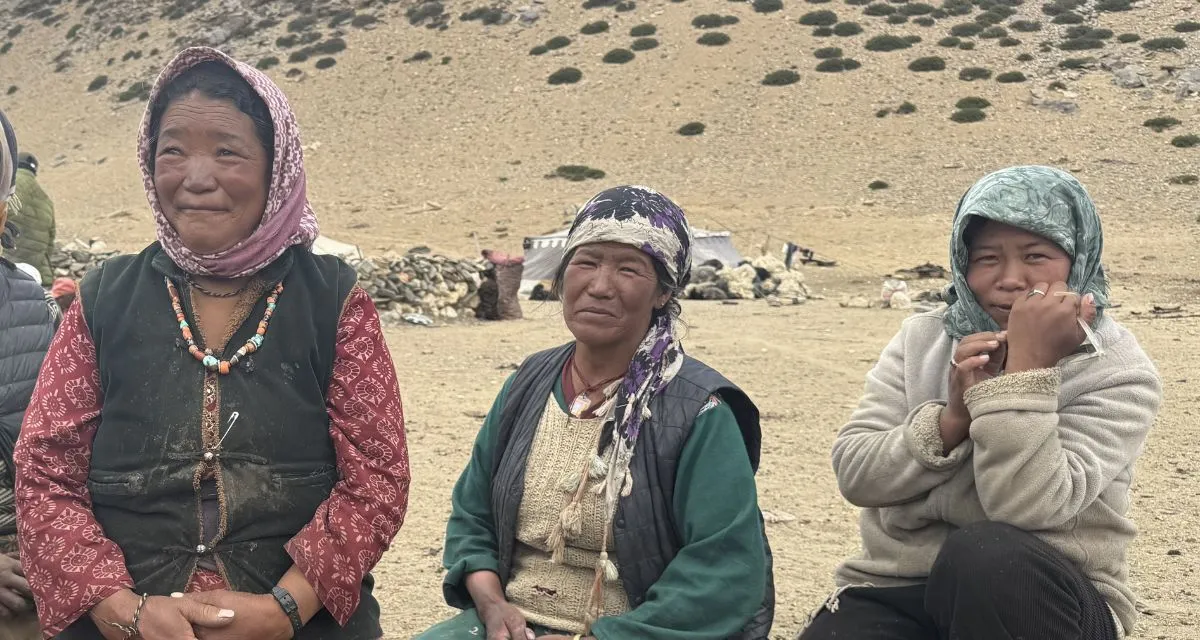READ THIS ARTICLE IN
Is the elephant not a wild animal? People in Chhattisgarh wonder

In 2019, a public hearing was conducted in Chhattisgarh’s Raigarh district to discuss the impact of Maharashtra State Power Generation Company Limited’s coal mine on the local environment. The proposed mine covered 14 villages, and mining on the land would require clearing large swathes of forest area. The community members protested, raising concerns over their health and the loss of forest land with its impact on wild animals in the area, which already sees frequent human–wildlife conflicts. However, they were told by the authorities that there were no wild animals residing in the region.
Everyone in these villages knew this wasn’t true. Bansidhar Nayak, a farmer in Pelma, one of the affected villages, says, “Our crops get destroyed by elephants every year now. Last year alone, I lost 150 sacks of rice to elephant attacks.”
I have been working as an activist in these villages for decades. I have seen many environmental impact assessment reports for mining that creatively evade the elephant question. At times, the reports mention that while the animals do visit, it is infrequent and they don’t reside in the adjoining forests. This allows a free pass to the mining companies.

The reality is that elephants are a regular presence, and even the forest department has had to acknowledge this. The walls of every other house in Pelma carry painted warnings that read, “Don’t sleep outside in the areas surrounded by elephants, especially when you have rice and mahua or other forest products at home.”
Once, while crossing these houses, I stood in front of one such warning and had a photo clicked that I later took to the district forest officer. I questioned his report where he had said that no wild animals inhabit these forests and told him that it contradicts the signs painted by his own department. I asked him, “Sir, please tell me, do elephants exist here or not? Or do you think that the villagers go and invite them from other jungles when they want to see the animals?”
It made him angry, but nothing really came out of this conversation. In 2022, the expert advisory committee of the Ministry of Environment, Forest and Climate Change granted environmental clearance (EC) to let the mining begin. The community members had to file an appeal to the National Green Tribunal to look into the matter; finally, in February 2024, the EC was quashed for legal violations such as disregarding the legitimate health and environmental concerns raised by the locals.
Rajesh Kumar Tripathi runs Jan Chetna Raigarh, a sangathan (people’s organisation) that works in the Adivasi areas of Chhattisgarh.
—

Know more: Learn how elephant attacks made communities in Assam shift from cultivating paddy to mustard.
Do more: Connect with the author at rajesh.tripathijc@gmail.com to learn more about and support his work.




